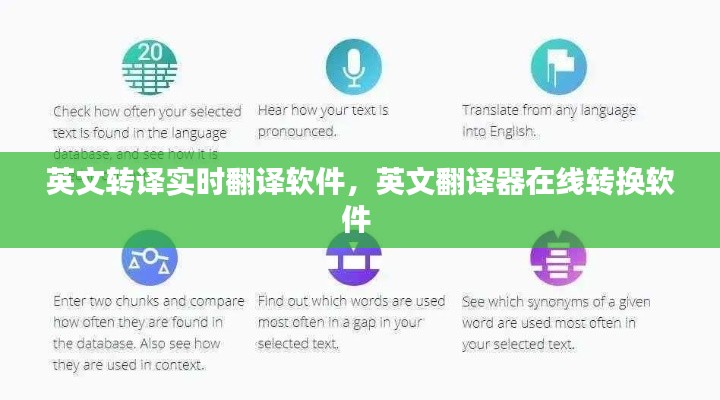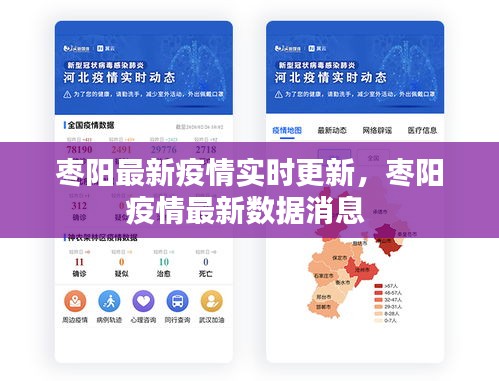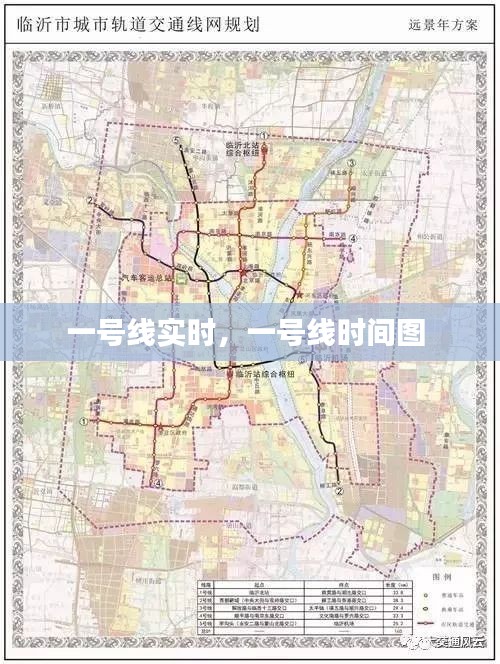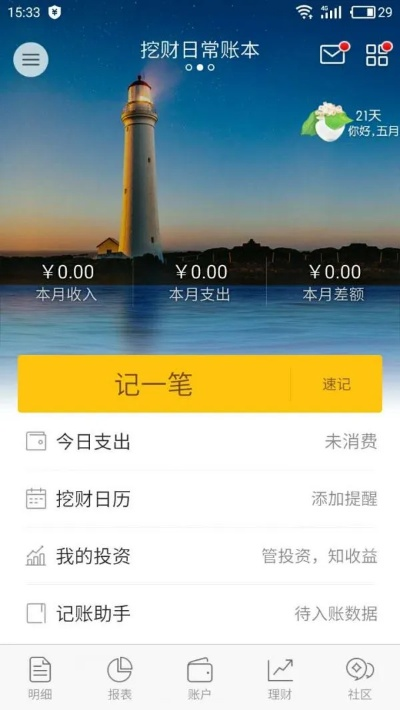Introduction to Real-Time Translation Software
In the rapidly globalizing world, effective communication across languages has become more crucial than ever. This is where real-time translation software steps in, offering a seamless and efficient way to bridge the language gap. These innovative tools have revolutionized the way we interact with people from different linguistic backgrounds, making international business, travel, and education more accessible and enjoyable.
How Real-Time Translation Works
Real-time translation software utilizes advanced algorithms and artificial intelligence to interpret and convert spoken or written words from one language to another instantaneously. The process typically involves the following steps:
Input: The user inputs text or speaks into the device or application.
Processing: The software analyzes the input and identifies the source language.
Translation: The software translates the input into the desired target language using its database of language pairs and syntax rules.
Output: The translated text or speech is presented to the user in real-time.
Modern real-time translation tools are capable of handling a wide range of languages and dialects, making them invaluable for global communication.
Types of Real-Time Translation Software
There are several types of real-time translation software available, each with its unique features and capabilities:
Speech-to-Speech Translation: This type of software allows users to speak in one language and have the translation spoken back in another language in real-time. It is particularly useful for face-to-face conversations.
Text Translation: This software translates written text from one language to another. It is commonly used for documents, emails, and online chats.
Machine Translation: This is a broader category that encompasses both speech-to-speech and text translation. Machine translation is powered by algorithms and AI, which continuously improve with each use.
Hybrid Translation: Some real-time translation tools combine the use of AI and human translators to provide more accurate translations, especially for complex or nuanced content.
Benefits of Using Real-Time Translation Software
Real-time translation software offers numerous benefits, including:
Improved Communication: It breaks down language barriers, enabling people to communicate more effectively and efficiently.
Time and Cost Savings: It eliminates the need for expensive interpreters and the time-consuming process of manual translation.
Accessibility: It makes information and services more accessible to people who are not fluent in a particular language.
Global Collaboration: It fosters collaboration between teams and individuals from different countries and cultures.
Challenges and Limitations
While real-time translation software has made significant advancements, it still faces certain challenges and limitations:
Accuracy: Although AI and machine learning have improved translation accuracy, there are still instances where the translations may not be perfect, especially for complex or idiomatic expressions.
Contextual Understanding: Real-time translation tools may struggle with understanding the context of a conversation, leading to misinterpretations.
Language Support: Not all languages are equally supported, and some may lack the necessary resources for accurate translation.
Privacy Concerns: The use of real-time translation software raises privacy concerns, as it often requires access to sensitive data.
The Future of Real-Time Translation
The future of real-time translation software looks promising, with ongoing advancements in AI and machine learning. Here are some potential developments:
Improved Accuracy: As AI algorithms become more sophisticated, the accuracy of real-time translations is expected to continue improving.
Enhanced Contextual Understanding: Future software may be better equipped to understand the nuances of language and context, leading to more accurate translations.
Broader Language Support: Efforts are being made to expand the range of languages and dialects supported by real-time translation tools.
Integration with Other Technologies: Real-time translation software may be integrated with other technologies, such as virtual reality and augmented reality, to create immersive language learning experiences.
As technology continues to evolve, real-time translation software
转载请注明来自中蚨科技,本文标题:《英文转译实时翻译软件,英文翻译器在线转换软件 》















 京ICP备16057535号-1
京ICP备16057535号-1